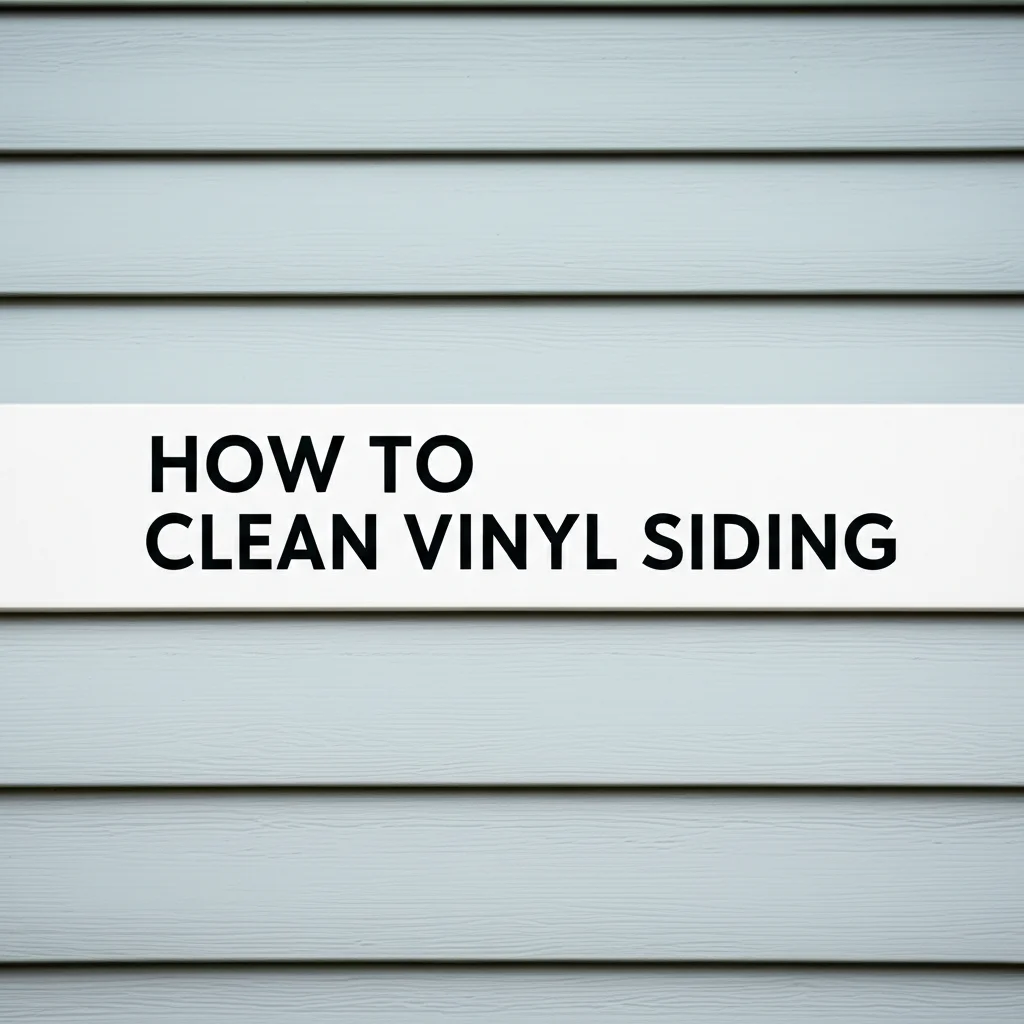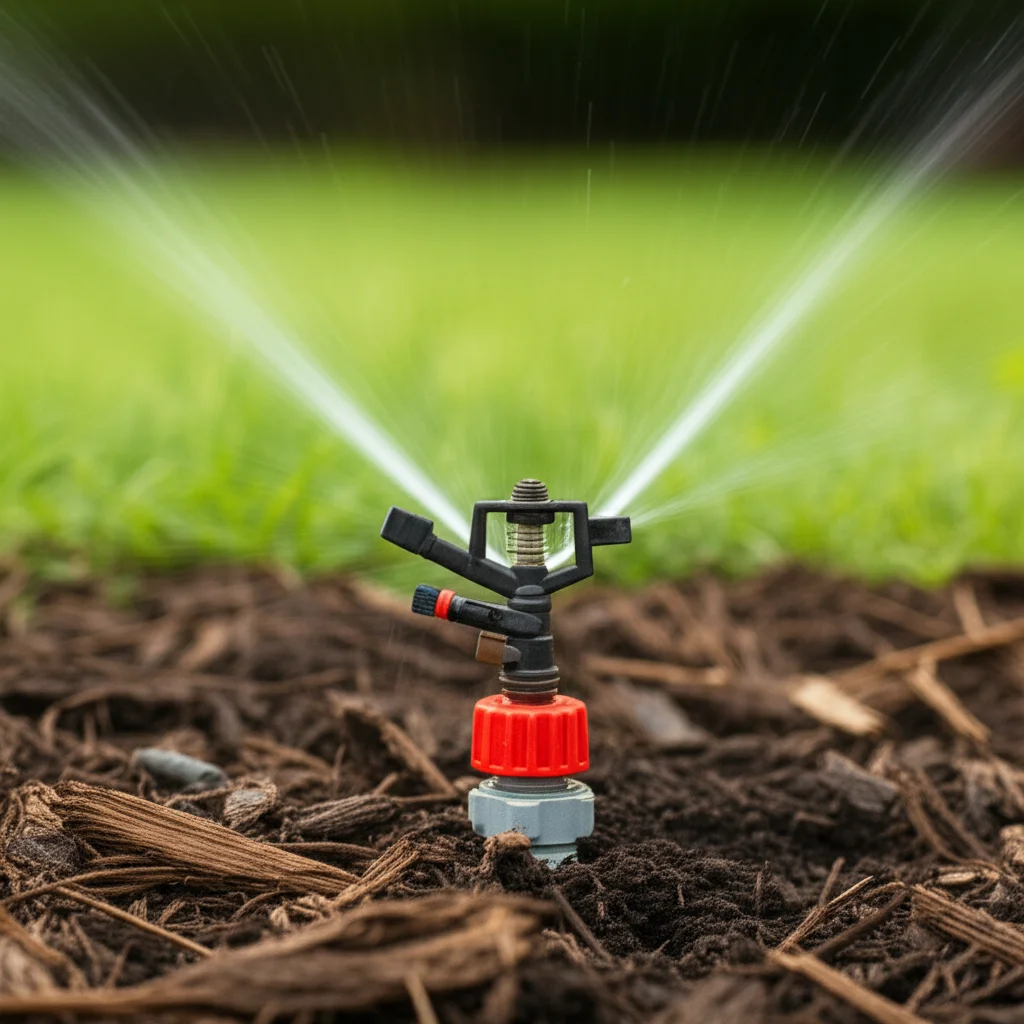· Todd Martin · Home Maintenance · 11 min read
How To Clean Stucco Exterior

Restore Your Home’s Beauty: How To Clean Stucco Exterior
Stucco offers a beautiful, durable finish for many homes. Its unique texture adds character, but it also provides nooks and crannies where dirt, dust, algae, and mold can accumulate. Over time, these elements can dull your home’s appearance and even cause damage if left unaddressed. Keeping your stucco exterior clean is important for both aesthetics and the longevity of your home.
This guide will show you how to clean stucco exterior walls effectively and safely. We will cover preparation steps, necessary tools and solutions, and gentle methods for light cleaning. You will also learn how to tackle tough stains like mold and mildew. We will discuss the proper use of pressure washers and important after-care tips. By the end, you will have a clear plan to restore your stucco’s curb appeal.
Takeaway:
- Gather essential tools and safety gear before starting.
- Always test cleaning solutions on a hidden area first.
- Start with the gentlest cleaning method and increase strength as needed.
- Address mold and mildew with appropriate solutions to prevent spread.
- Use a pressure washer carefully, maintaining distance and low pressure.
How do you clean a stucco exterior?
To clean a stucco exterior, start by pre-rinsing the surface with a garden hose. Apply a mild cleaning solution, such as a mixture of warm water and dish soap, or a specialized stucco cleaner. Gently scrub stubborn areas with a soft-bristle brush. Rinse thoroughly from top to bottom, ensuring all cleaning solution is removed to prevent streaking. For mold, use a bleach solution applied with care.
Understanding Stucco: Why Cleaning Matters
Stucco is a popular material for home exteriors. It consists of cement, sand, lime, and water. This mix creates a strong, breathable, and attractive finish. While durable, stucco is porous. This means it can absorb moisture and dirt. Over time, this absorption leads to various issues.
Dirt, dust, and spiderwebs are common problems. They cling to the textured surface. Rain can wash some away, but often leaves streaks. Algae, mildew, and mold are bigger concerns. They thrive in damp, shady areas. These growths not only look bad but can also damage the stucco. They hold moisture against the surface. This can lead to cracking or deterioration of the material. Cleaning prevents these issues and keeps your home looking good. Regular cleaning extends the life of your stucco finish.
Safety First: Essential Preparations for Cleaning Stucco
Before you begin to clean stucco exterior surfaces, preparation is key. This step ensures your safety and protects your property. Always wear appropriate safety gear. This includes eye protection, gloves, and old clothes. If you use a ladder, make sure it is stable and placed on level ground. Have someone spot you if working at heights.
Protect nearby plants and landscaping. You can cover delicate plants with plastic sheeting or tarps. Water the soil around plants thoroughly before cleaning. This helps dilute any cleaning solution that might drip onto them. If you are cleaning a large area, consider sectioning it off. This helps you manage the cleaning process better. It also prevents solutions from drying too quickly on uncleaned sections. Always check the weather forecast. Choose a calm, overcast day for cleaning. Direct sunlight can cause cleaning solutions to dry too fast. This leaves streaks and makes rinsing harder.
Gathering Your Tools and Cleaning Solutions
Having the right tools and cleaning solutions makes the job easier and more effective. You do not need many specialized items to clean stucco exterior walls. A standard garden hose with a spray nozzle is essential for rinsing. A soft-bristle brush, like a car washing brush or a long-handled scrub brush, is useful. Avoid stiff brushes, as they can damage the stucco surface. Buckets are needed for mixing solutions.
For cleaning solutions, start with the mildest option. Warm water and a few drops of dish soap work well for light dirt. For tougher stains, you might need a stronger cleaner. Oxygen bleach is a good choice for general cleaning and some stains. It is less harsh than chlorine bleach. For mold, mildew, and algae, a diluted chlorine bleach solution is very effective. Mix one part bleach with three parts water. You can also find commercial stucco cleaners. Always read the instructions carefully for any product you use. Before applying any solution to the entire wall, test it. Choose an inconspicuous spot. Apply the solution, wait a few minutes, then rinse. Check for discoloration or damage. This small step prevents potential issues on a larger scale.
Gentle Cleaning Methods for Light Stains and Dirt
Many common stains on stucco are simply dirt or dust. You can often clean stucco exterior surfaces using gentle methods. This approach is less likely to damage the surface. Start by pre-rinsing the entire area with your garden hose. Use a strong stream, but not so strong that it causes splashback. This loosens loose dirt and debris. It also pre-wets the stucco, helping cleaning solutions work better.
Next, prepare a mild cleaning solution. A simple mix of warm water and a small amount of liquid dish soap works wonders. Fill a bucket with this solution. Apply the soapy water to the stucco using a soft-bristle brush or a sponge. Work in small sections, from the bottom up. This prevents dirty water from running down and staining dry areas. Gently scrub the surface in a circular motion. Focus on areas with visible dirt or light discoloration. Do not scrub too hard. The goal is to lift the dirt, not to abrade the stucco. Once you have scrubbed a section, rinse it immediately. Start rinsing from the top of the section and work your way down. Ensure all soap residue is gone. Thorough rinsing prevents streaks. This gentle method is effective for routine maintenance and keeps your stucco looking fresh. For general exterior cleaning, you can find more tips at How to Clean Exterior of House.
Tackling Tough Stains: Mold, Mildew, and Algae on Stucco
Mold, mildew, and algae are common issues for stucco exteriors. These growths thrive in damp, shady conditions. They create unsightly green or black stains. Cleaning these growths requires a stronger approach than simple dirt. When you clean stucco exterior walls with these issues, you need to kill the spores.
A bleach solution is highly effective against mold and mildew. Mix one part household chlorine bleach with three parts water. You can also use oxygen bleach for a milder alternative, following its specific instructions. Apply the solution to the affected areas using a pump sprayer or a soft-bristle brush. Let the solution sit on the stucco for about 10-15 minutes. This allows it time to penetrate and kill the organisms. Do not let it dry on the surface. For deep-set mold, you may need to gently scrub with your soft brush. Rinse the area thoroughly with a garden hose. Make sure to rinse from top to bottom. This washes away dead mold spores and cleaning solution. Repeat the process if some stains remain. You can learn more about general mold cleaning techniques here: How to Clean Mold with Vinegar. Always protect nearby plants and yourself when using bleach. For specific advice on mold on other surfaces, see How to Clean Mold Off Walls or How to Clean Mold Off Concrete.
Pressure Washing Stucco: Techniques and Precautions
Pressure washing can be a fast way to clean stucco exterior surfaces. However, it requires extreme caution. Stucco is a relatively soft material. High pressure can cause significant damage. It can chip away the finish or even create holes. Always use the lowest possible pressure setting. A general rule is to keep the pressure below 1200 PSI.
Start with a wide-angle nozzle, like a 40-degree white tip. Hold the wand at least 18-24 inches away from the stucco surface. You should always maintain this distance. Work in sweeping motions, moving from side to side. Overlapping your passes ensures even cleaning. Never point the stream directly at windows, doors, or electrical outlets. Water can enter cracks and cause damage. Apply cleaning solutions with the pressure washer on a very low-pressure setting. Many pressure washers have a soap dispenser setting for this. Let the solution dwell for the recommended time. Then, rinse with clear water, keeping the same safe distance. If you are unsure, it is better to use a garden hose and manual scrubbing. Incorrect pressure washing can lead to costly repairs.
Post-Cleaning Care and Preventing Future Buildup
After you clean stucco exterior walls, consider some post-cleaning steps. These steps can help maintain its fresh appearance. Once the stucco is dry, inspect it for any remaining issues. Look for small cracks or areas that need repair. Addressing minor damage early prevents bigger problems later. You might consider applying a sealant to your stucco. A breathable, clear masonry sealant can protect the surface. It helps repel water and prevents future staining. This can extend the time between cleanings.
Regular maintenance is the best way to prevent significant buildup. Plan to rinse your stucco exterior once or twice a year with a garden hose. This simple step removes loose dirt and reduces the chances of mold or algae growth. Trim back bushes and trees that grow too close to the stucco. This improves air circulation and reduces shade, both of which discourage mold and mildew. Ensure your gutters are clean and direct water away from the walls. Proper drainage prevents water from constantly dripping onto the stucco. By taking these proactive measures, your stucco will stay cleaner for longer. This saves you effort and keeps your home looking its best.
FAQ Section
How often should I clean my stucco exterior?
The frequency depends on your local climate and surrounding environment. Generally, cleaning your stucco exterior every 1 to 3 years is a good practice. If you live in a damp area or under many trees, you might need to clean more often. Regular inspection helps you decide when it is time for a cleaning.
Can I use a regular household cleaner on stucco?
Yes, for light dirt and general grime, a simple solution of warm water and a few drops of dish soap works well. Avoid harsh chemical cleaners or abrasive products. Always test any cleaner on an inconspicuous area first to ensure it does not damage or discolor the stucco.
What should I do if mold or mildew keeps returning on my stucco?
If mold or mildew persistently returns, you may have an underlying moisture issue. Check for leaky gutters, downspouts, or irrigation systems that spray water onto the stucco. Improve air circulation around the affected area by trimming nearby landscaping. A stronger anti-mildew solution might also be needed.
Is professional stucco cleaning worth the cost?
Professional stucco cleaning can be a good option for extensive or very stubborn stains. Professionals have specialized equipment and experience. They can often clean large areas more efficiently and safely. For minor cleaning or if you feel comfortable with the DIY methods, doing it yourself saves money.
Can I paint my stucco instead of cleaning it?
Painting stucco can cover stains temporarily, but it does not address the root cause, especially for mold or mildew. It is always best to thoroughly clean the stucco first. This ensures any paint adheres properly and that existing issues like mold are resolved, preventing them from growing under the new paint.
What are common mistakes to avoid when cleaning stucco?
Avoid using high-pressure settings with a pressure washer, as this can severely damage the stucco. Do not use stiff brushes or abrasive scrubbers. Never let cleaning solutions dry on the stucco, as this can cause streaks. Always rinse thoroughly to remove all cleaning product residues.
Conclusion
Cleaning your stucco exterior is an important part of home maintenance. It not only restores your home’s curb appeal but also protects the integrity of the material. We have discussed how to clean stucco exterior walls safely and effectively. This involves careful preparation, choosing the right tools, and using appropriate cleaning solutions. Remember to start with the gentlest methods. Only increase the strength if necessary. Tackling tough stains like mold requires specific solutions and techniques. Always exercise caution when using a pressure washer.
By following these guidelines, you can keep your stucco looking its best for years. Regular cleaning and attention to detail will ensure your home maintains its beauty and value. A clean stucco exterior greatly enhances your home’s appearance. Take these steps to enjoy a beautiful and well-maintained home.




